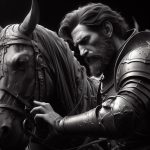The Great Works of the Baroque
The Baroque period was a cultural epoch that originated in Rome and Italy in the early 17th century, and spread to most of Europe by the 1650s and to the Americas and Asia later in the century. It is characterized by its drama, grandeur, and emotional intensity. The term “baroque” is thought to come from the Portuguese word “barroco” meaning “oddly shaped pearl,” and was originally used in a pejorative sense to describe the style’s perceived extravagance and complexity. However, the Baroque period is now widely recognized as one of the most important and influential periods in Western art and culture.

The Baroque era was a period of great political and cultural change in Europe. It began in the late 16th century and lasted until the mid-18th century. The following are some of the key events that led to the Baroque era:
- The Protestant Reformation: The Protestant Reformation was a religious movement that began in the early 16th century. It led to a split in the Catholic Church, with the formation of new Protestant denominations such as Lutheranism and Calvinism. The Reformation had a profound impact on European society and culture, and it is seen as one of the main factors that led to the Baroque era.
- The Counter-Reformation: The Counter-Reformation was a response by the Catholic Church to the Protestant Reformation. It was a period of reform and renewal within the Catholic Church, and it led to a revival of Catholic art and culture. The Counter-Reformation is considered to be one of the main driving forces behind the Baroque style.
- The Thirty Years’ War: The Thirty Years’ War was a devastating conflict that ravaged Europe from 1618 to 1648. It was fought between Catholic and Protestant forces, and it resulted in the deaths of millions of people. The war had a profound impact on European society and culture, and it is seen as one of the main factors that led to the end of the Renaissance and the beginning of the Baroque era.
- The rise of absolutism: The rise of absolutism was a political trend that began in the late 16th century. Absolutism is a form of government in which the monarch has complete power. The rise of absolutism was one of the main factors that led to the development of the Baroque style. Baroque art and culture often glorify the power and majesty of the monarch.
The Baroque era was a time of great political and cultural upheaval. The events listed above had a profound impact on European society and culture, and they led to the development of the Baroque style.
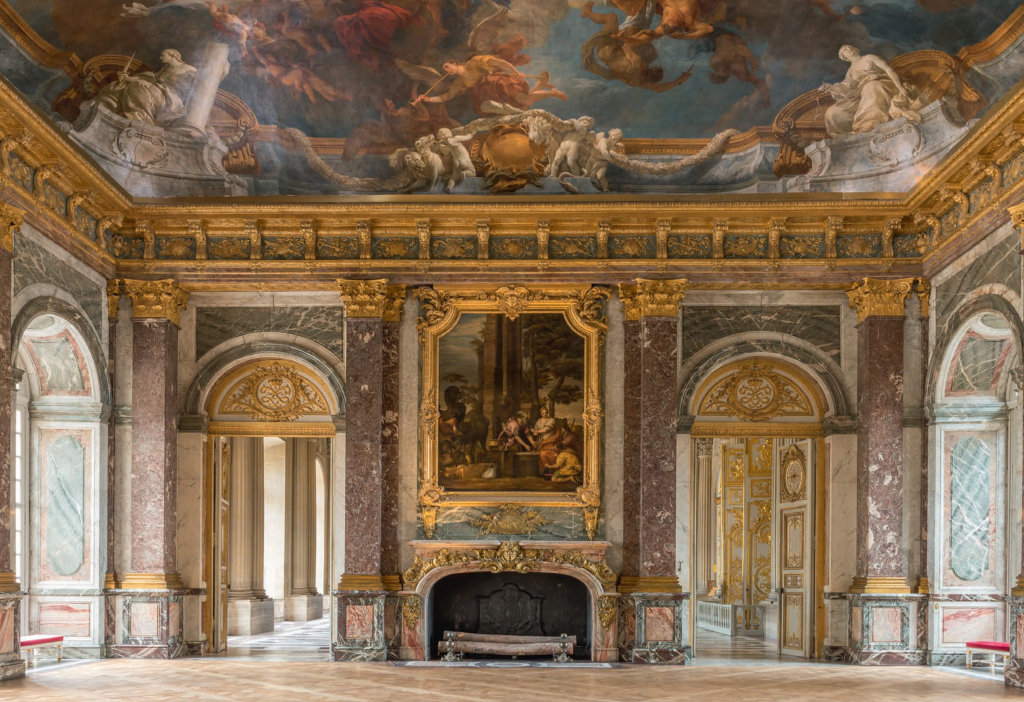
In addition to the political and cultural events listed above, the following are some other factors that contributed to the rise of the Baroque era:
- The discovery of new lands: The European Age of Discovery, which began in the late 15th century, led to the discovery of new lands and cultures. This exposure to new ideas and influences had a significant impact on European art and culture, and it helped to shape the Baroque style.
- The rise of the middle class: The rise of the middle class in Europe in the 17th and 18th centuries led to a growing demand for art and culture. The middle class was interested in a variety of artistic forms, including painting, sculpture, music, and literature.
- The development of new technologies: The development of new technologies in the 17th and 18th centuries, such as the printing press and the telescope, helped to spread new ideas and influences throughout Europe. This contributed to the development of the Baroque style, which was characterized by its eclecticism and its embrace of new ideas.
The Baroque era was a time of great creativity and innovation. The events and factors listed above all helped to shape the Baroque style, which is still celebrated and admired today.
Architecture
Some of the most famous Baroque buildings include:
- St. Peter’s Basilica in Rome, Italy
- The Palace of Versailles in France
- The Hofburg Palace in Vienna, Austria
- The Frauenkirche in Dresden, Germany
- The Transparente in Toledo, Spain
Baroque architecture is characterized by its use of columns, arches, and domes. It often features elaborate ornamentation and sculpture.
Painting
Some of the most famous Baroque painters include:
- Caravaggio
- Rembrandt
- Rubens
- Velázquez
- Vermeer
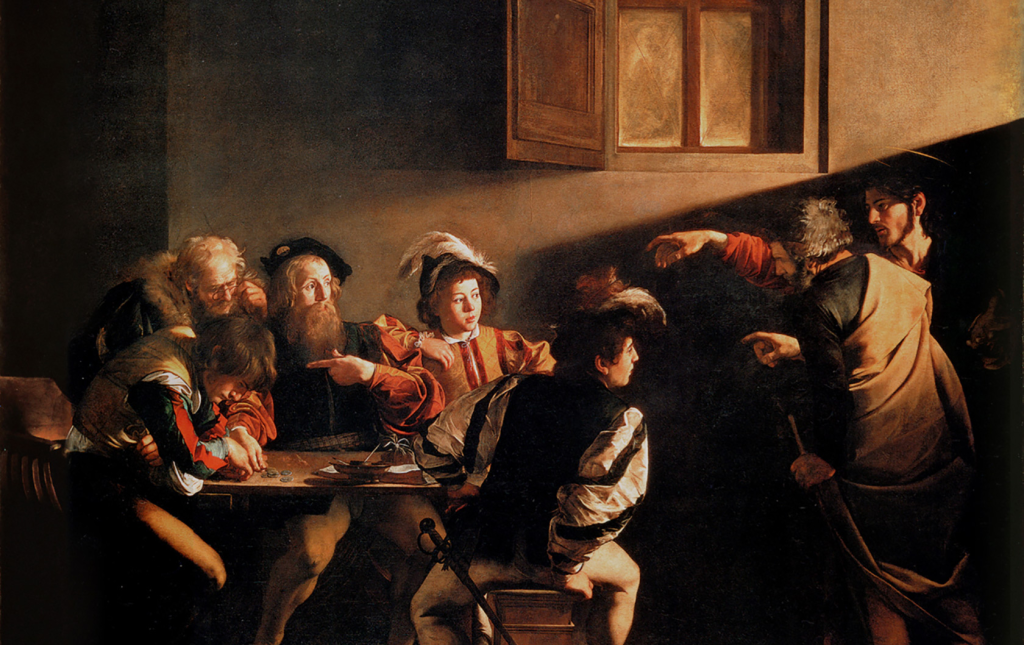
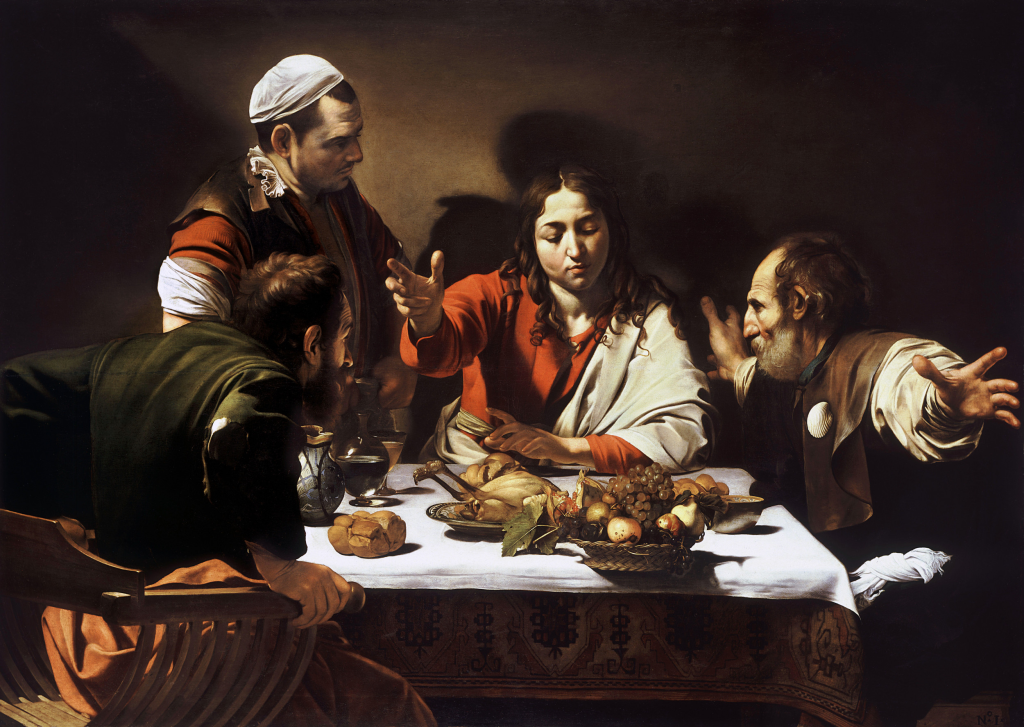
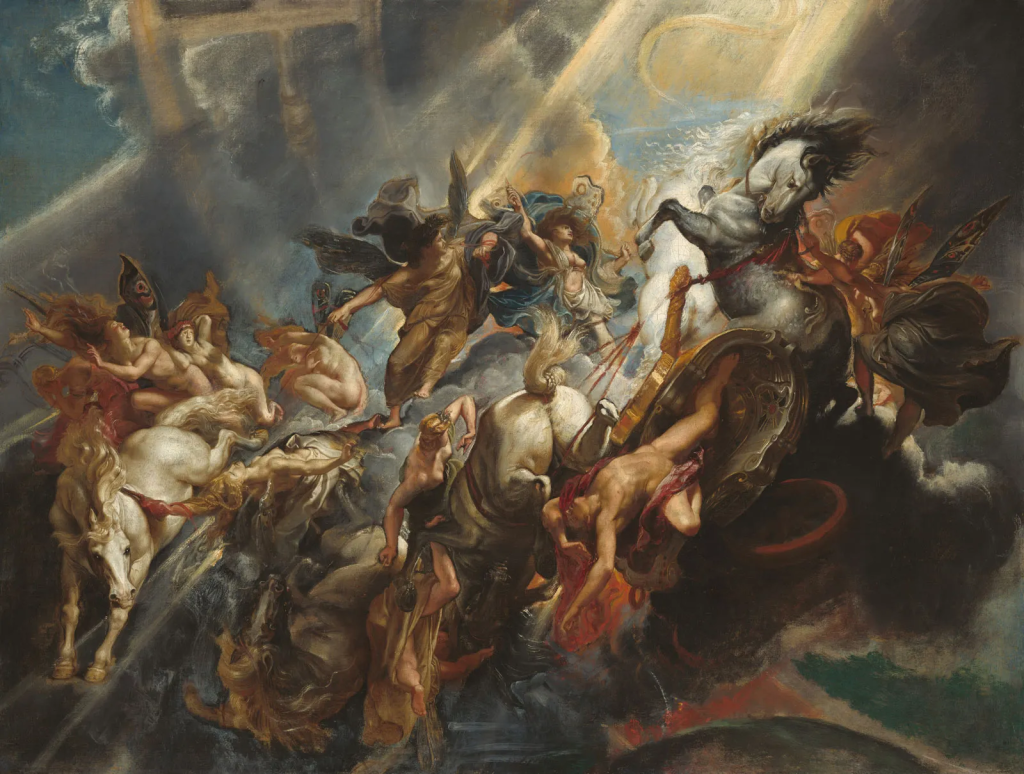
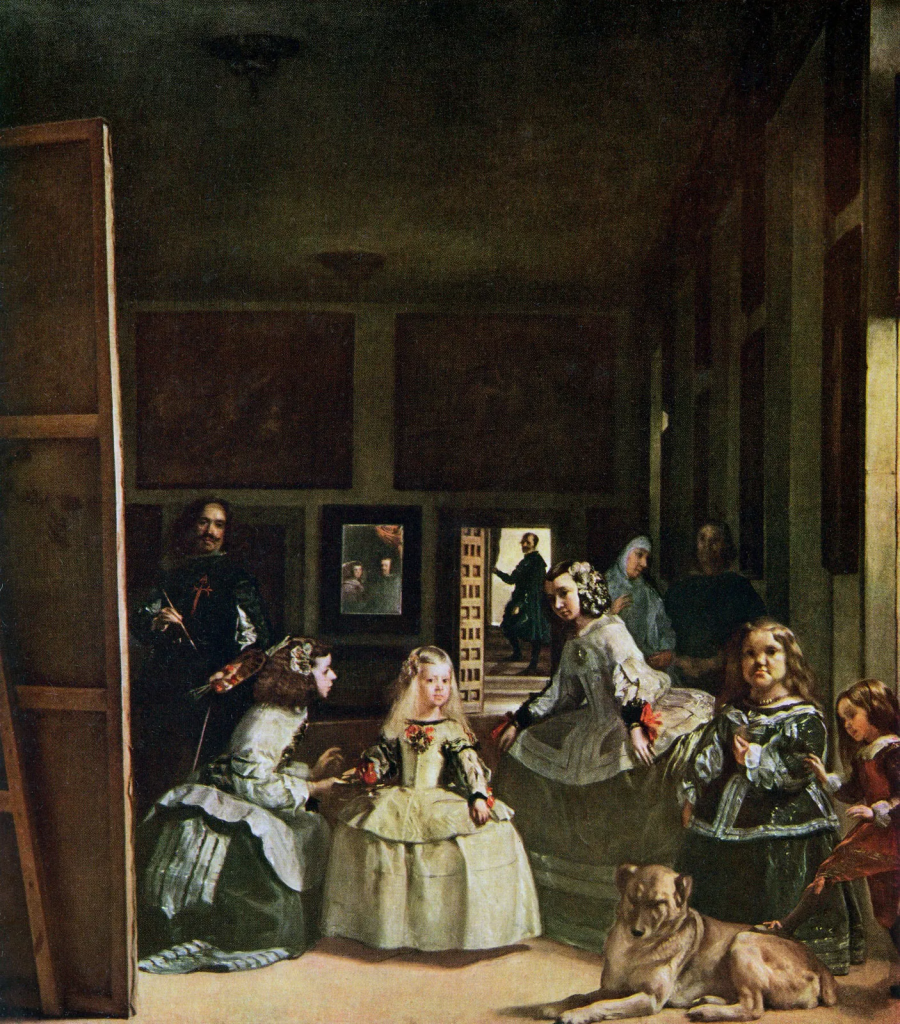
Baroque paintings are often characterized by their dramatic lighting, use of chiaroscuro, and emotional intensity. They often depict biblical or historical scenes, as well as portraits and landscapes.
Music
Some of the most famous Baroque composers include:
- Bach
- Handel
- Vivaldi
- Monteverdi
- Purcell
Baroque music is characterized by its use of counterpoint, polyphony, and ornamentation. It often features complex and virtuosic passages. Baroque music was written for a variety of instruments, including the violin, organ, and harpsichord.
The Baroque period produced some of the greatest works of art in history. Baroque artists and composers created works that are still admired and enjoyed today.
Shayne Heffernan


